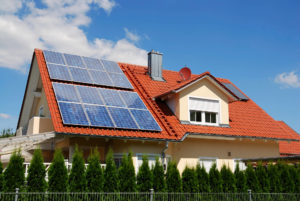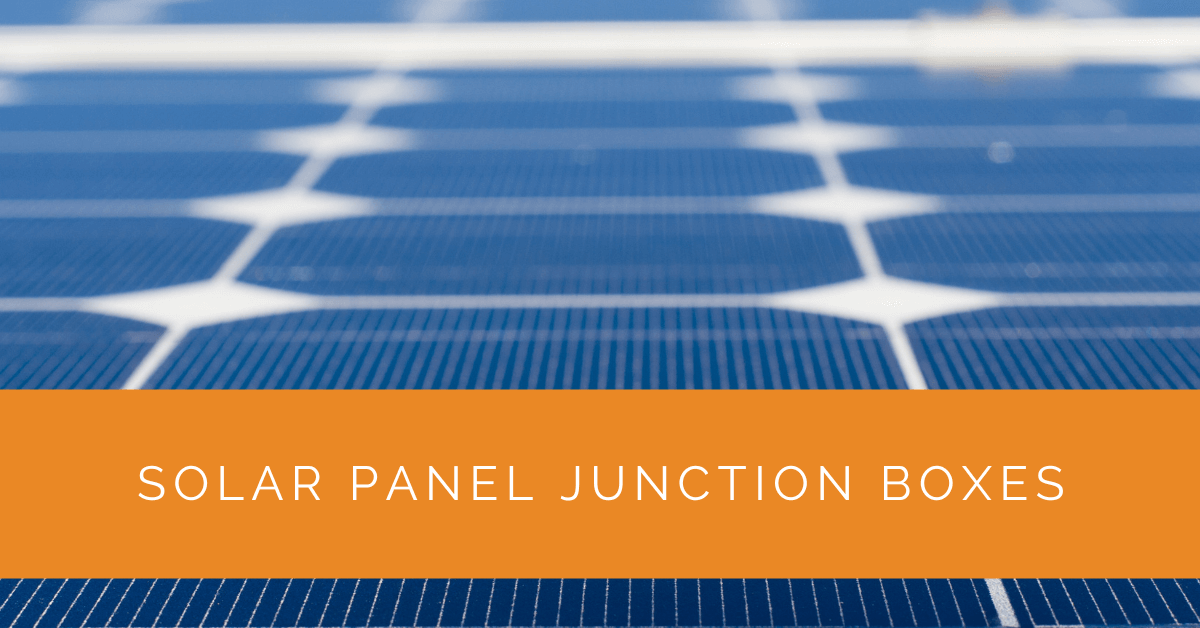Solar panel junction boxes play a crucial role in optimally performing and protecting photovoltaic (PV) systems. As a vital component of solar panels, junction boxes provide electrical connections, safeguard against environmental factors, and ensure efficient power conversion. This comprehensive guide will delve into the world of solar panel junction boxes, covering their functions, components, selection criteria, installation best practices, and maintenance guidelines. Whether you are a solar panel enthusiast, an installer, or a homeowner interested in maximizing the benefits of your solar array, this article will equip you with the knowledge needed to make informed decisions.
Contents
Key Takeaways
- Solar panel junction boxes are essential components that enhance the efficiency and protection of photovoltaic (PV) systems by facilitating optimal power conversion, managing current flow, and safeguarding against environmental factors.
- When selecting a solar panel junction box, evaluate manufacturer specifications, including reputation, experience, certifications, and adherence to standards, while ensuring compatibility with your specific solar panel array regarding size, connectors, voltage, and current requirements.
- Proper installation and routine maintenance, including secure mounting, weatherproof cable management, regular inspections, and cleaning, are crucial for maximizing the longevity, reliability, and performance of the solar panel junction box and the overall PV system.
Understanding Solar Panel Junction Boxes
What Are Solar Panel Junction Boxes?
A solar panel junction box is an essential enclosure that houses the electrical connections of a solar panel. It serves as the central hub for the panel’s electrical circuit, allowing the interconnection of various components within the system. The junction box is typically integrated into the solar panel during manufacturing, ensuring a seamless and reliable connection.
Key Components and Features
A typical solar panel junction box has several key components that enable proper electrical connectivity and protection. These components include diodes, connectors, bypass routes, and an enclosure. Diodes are essential for managing the flow of electricity, preventing reverse currents and potential power losses. Connectors facilitate the connection between the junction box and other components, such as the inverter or the rest of the solar array. Bypass routes allow current to flow around shaded or malfunctioning cells, ensuring optimal energy production. The enclosure provides weatherproofing and physical protection for the internal components, safeguarding against moisture, dust, and other environmental elements.
The Role of Solar Panel Junction Boxes
Ensuring Efficient Power Conversion
Solar panel junction boxes are critical in optimizing power conversion efficiency within a photovoltaic system. Inside the junction box, electrical connections are established between the solar panel, diodes, connectors, and other components. These connections ensure that the generated electricity flows smoothly from the panel to the inverter and subsequently to the electrical grid or the battery storage system. By managing the current flow and reducing power losses, junction boxes maximize the energy output of the solar panels, even in varying environmental conditions.
Protection and Safety Measures
In addition to enhancing efficiency, solar panel junction boxes provide vital protection and safety measures. The junction box enclosure protects the internal components from harsh weather conditions, UV radiation, and physical damage. This protection is crucial for maintaining the longevity and performance of the junction box and the solar panel itself. Furthermore, junction boxes incorporate overvoltage and overcurrent protection mechanisms to mitigate the risk of electrical hazards, such as fires or damage to the electrical components. These safety measures ensure that the solar panel system operates reliably and safely throughout its lifespan.

Selecting the Right Solar Panel Junction Box
Evaluating Manufacturer Specifications
When selecting a solar panel junction box, it is essential to consider the specifications provided by the manufacturer. Look for reputable manufacturers with a proven track record of producing reliable, high-quality junction boxes. Consider their experience in the industry, certifications, and adherence to relevant standards. Robust and well-designed junction boxes from trusted manufacturers provide peace of mind and assurance of long-term performance.
Compatibility with Solar Panel Arrays
Another critical aspect to consider when selecting a junction box is its compatibility with your specific solar panel array. Ensure the junction box is properly sized to accommodate the number of panels in your array and the desired electrical configuration. Evaluate the type and number of connectors needed to connect the junction box to the rest of the system, such as the inverter and the wiring. The junction box should be capable of handling the voltage and current requirements of your solar panel array to ensure optimal performance and safety.
Installation and Maintenance Best Practices
Installation Guidelines
Proper solar panel junction box installation is essential for the optimal performance and longevity of the system. Follow these guidelines during installation:
- Position the junction box in a location that allows easy access for inspection and maintenance.
- Ensure the secure junction box is mounted to the solar panel using appropriate clamps or brackets.
- Implement reliable and weatherproof cable management to protect the wiring and connectors from environmental factors.
- Adhere to local electrical codes and regulations while connecting to the junction box.
Routine Inspection and Maintenance
Regular inspection and maintenance of the solar panel junction box are crucial for long-term reliability and performance. Perform the following tasks at regular intervals:
- Check for loose connections, damaged diodes, or faulty connectors. Tighten any loose connections and replace damaged components promptly.
- Clean the junction box enclosure to remove dust, dirt, or debris that may hinder its performance or cause overheating.
- Monitor the overall performance of the solar panel array to identify any signs of degradation or performance issues related to the junction box. Seek professional assistance if necessary.
Experience Solar Excellence with Us!
Trust in Solar Panels Network USA, where our seasoned experts deliver top-quality solar solutions for homes and businesses nationwide. With a legacy of countless successful installations and a commitment to sustainable energy, we’re your reliable partner in the solar journey. Ready for a brighter, eco-friendly future? Call us now at (855) 427-0058 and harness the power of the sun!
Conclusion
Solar panel junction boxes are integral to the efficient operation and protection of solar panel systems. By understanding their functions, components, and selection criteria, you can make informed decisions when choosing and installing a junction box for your solar array. Adhering to proper installation guidelines and conducting routine maintenance will ensure the junction box’s long-term reliability and optimal performance. Investing in a high-quality junction box from a reputable manufacturer can maximize your solar panel system’s efficiency, safety, and longevity. Embrace the power of solar energy with confidence, knowing that your junction box is working diligently behind the scenes to harness the sun’s energy for your benefit.
FAQ
Is a junction box necessary for solar panels?
Yes, a junction box is necessary for solar panels. It is a crucial component that provides electrical connections, facilitates efficient power conversion, and ensures the overall performance and protection of the solar panel system.
What is the purpose of a junction box in a solar panel?
The purpose of a junction box in a solar panel is multi-fold. It acts as a central hub for electrical connections, managing the flow of current and reducing power losses. Additionally, it protects against environmental factors, such as moisture and dust, and incorporates safety mechanisms to prevent overvoltage and overcurrent issues.
What size is a solar junction box?
The size of a solar junction box can vary depending on the specific manufacturer and the requirements of the solar panel. The size is determined based on the number of electrical connections, the type and size of connectors, and the necessary space to house the components within the junction box.
What is the difference between a combiner box and a junction box?
While both combiner boxes and junction boxes are used in solar panel systems, they serve different purposes. A junction box is located on the backside of each solar panel and is responsible for connecting the internal electrical components of the panel. On the other hand, a combiner box is used to consolidate the electrical connections from multiple solar panels into a single output, typically to connect to the inverter or the main electrical system.
About the Author
Solar Panels Network USA stands at the forefront of solar energy solutions, driven by a team of seasoned solar engineers and energy consultants. With over decades of experience in delivering high-quality solar installations and maintenance, we are committed to promoting sustainable energy through customer-centric, tailored solutions. Our articles reflect this commitment, crafted collaboratively by experts to provide accurate, up-to-date insights into solar technology, ensuring our readers are well-informed and empowered in their solar energy decisions.

